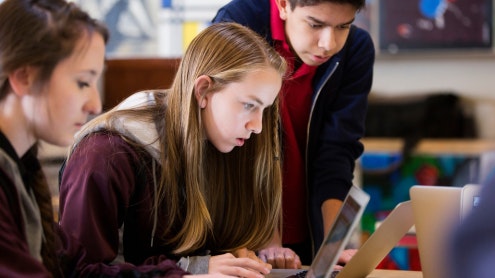Homepage
•
Learning Library
•
Blog
•
Help Students Think More Deeply With ChatGPT
Expand breadcrumbs
Expand breadcrumbs
- Learning Library
- Blog
- Help Students Think More Deeply With ChatGPT
- Homepage
- •
- Learning Library
- •
- Blog
- •
- Help Students Think More Deeply With ChatGPT
Help Students Think More Deeply With ChatGPT
By Jack Dougall
July 10, 2023








